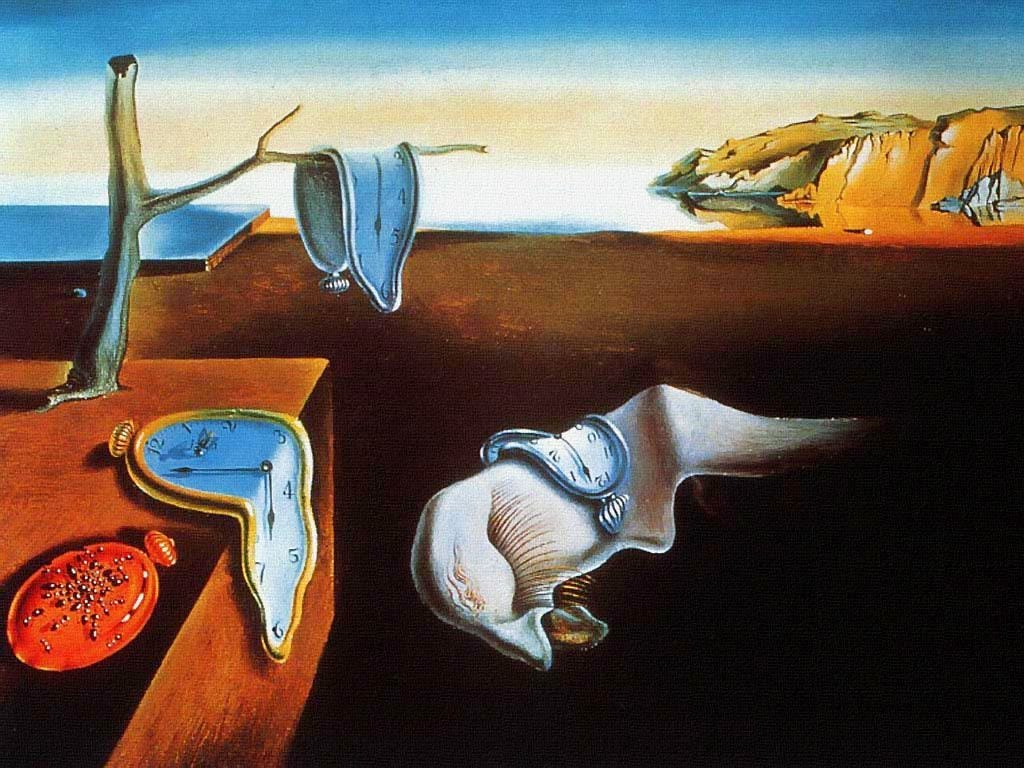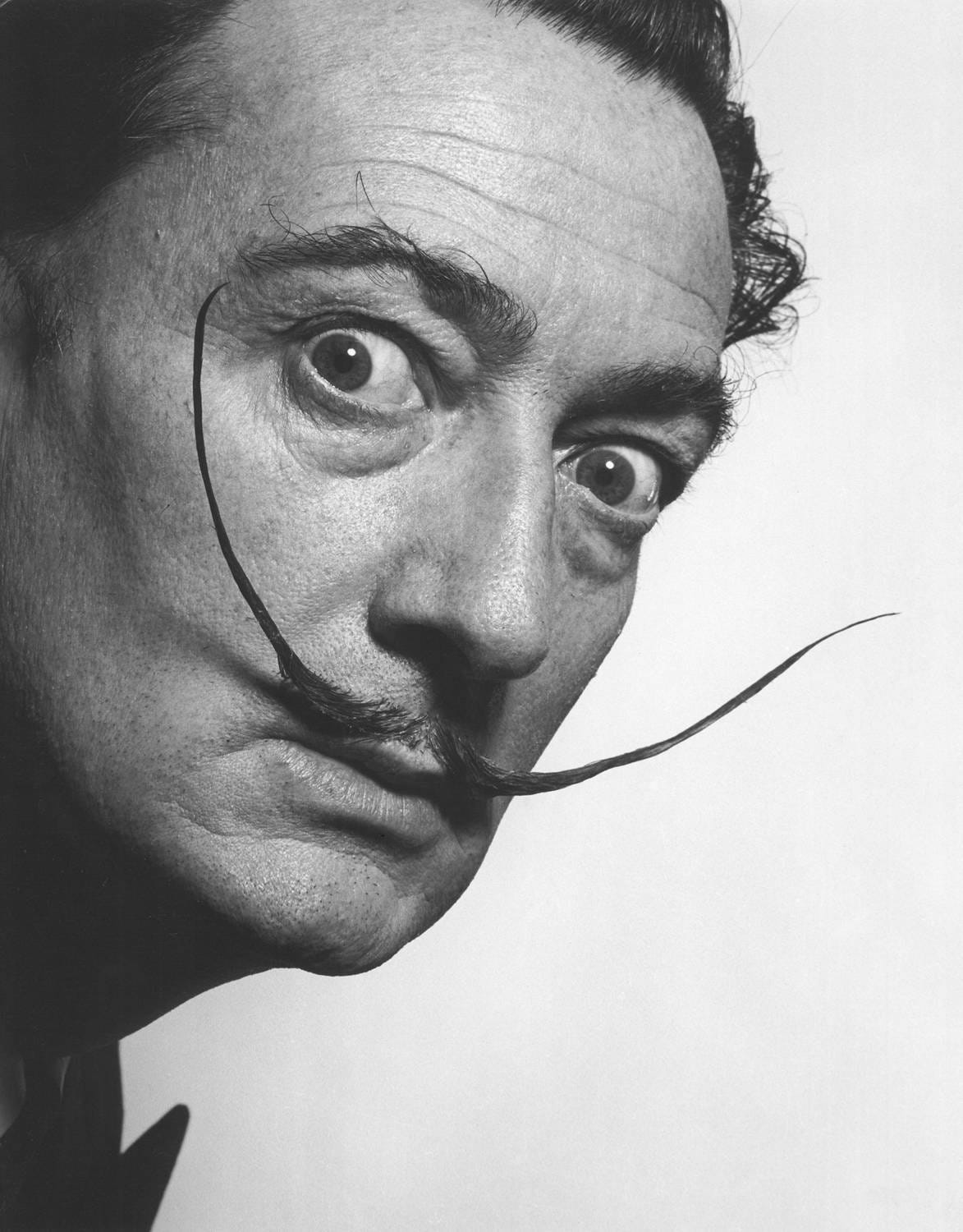The persistence of Memory - Dali
Introduction
The Persistence of Memory is a surrealist piece of art painted in 1931 by Salvador Dalí. It is an oil on canvas known popularly under the title "The Soft Watches". It is one of the most famous paintings of the painter.
This painting highlights a metaphorical representation of the flight of time that seems at first sight to oppose the idea of persistence of memory present in the title. An apparent paradox that leads us to question the action of memory on this flight of time but also on the perception of time by the individual.
How does this duality between the fleetingness of time and the permanence of memory illustrate the capacity of memory to freeze the passing of time?
The flight of time…
First of all, it is a question of considering what may appear to be a detail but which illustrates a major dimension of the painting: the fly placed on the central watch. This insect, which can fly away at any moment, symbolizes the transience of time. At first, Dali invites us to reflect on the flight of time and the impossibility of opposing it. Similarly, the dead tree visible on the left side of the painting shows the inability of man to fight against the erosion of time. The image of death and the action of time is also present with the ants nibbling the watch on the lower left of the painting, symbol of putrefaction.
In reality, Dali gives us a reflection on the complexity of time and the uselessness of its measurement. This aspect is illustrated by the soft, deformed and stopped watches, which are no longer able to perform their primary function of telling the time. The watches seem in some way "tired by time".
The persistence of memory?
Let us not forget that Dali speaks to us of the persistence of memory "and not the persistence of time! The memory is represented here by the means of the memory in the choice of the landscape (port of Lligat, near Cadaquès) which reminds Dali his youth spent in Catalonia. Memory is what allows us to preserve a trace of the past, to fix the ephemeral. The initial paradox is no longer a paradox: time passes, it is a fact, and memory is the tool most likely to respond to the frustration of man to be unable to freeze time.
About Salvador Dali
Salvador Felipe Jacinto Dali was born in Figueras (Spain) in 1904. From 1921 to 1925, he studied at the San Fernando Academy in Madrid. His first personal exhibition was organized in 1925 (Galerie Dalmau, Barcelona). Dali was first influenced by futurism, then by cubism. In April 1926, Dali made his first trip to Paris, where he visited Picasso. During a second trip to Paris in 1929, he was introduced to a surrealist group. Dali met Gala, his future wife and muse. Dali then became interested in Freud's psychoanalytical theories and developed his "paranoid-critical" method. He painted, in this period, dreamlike and fantastical spaces populated with symbolic elements: soft watches, crutches, fantastic animals, distorted characters.
From the 1940s, he declared that he wanted to get closer to reality and returned to a more classical pictorial expression, without however neglecting to imprint his personal fantasy on his works.
The recurring themes in the painted work, as in the engraved work, are the woman, the sex, the religion, the battles. Dali will make a spectacle of himself throughout his career, mixing art and life, putting himself on stage at all times.
After ten years of efforts, Dali opens his own museum: in 1974, takes place the inauguration of the Teatro Museo Dali.
Salvador Dali died in Barcelona (Spain) in 1989.
Idea of music to listen to while watching this work
Gnossienne 5 - Erik Satie (Youtube)
Source
“The Peresistence of Memory” picture: 449f3e93b2988dcbcdaaa454f1ccd092.jpg (1024×768) (bp.blogspot.com)
Dali’s portrait : dali.jpg (1173×1500) (greatmustachesinhistory.com)



